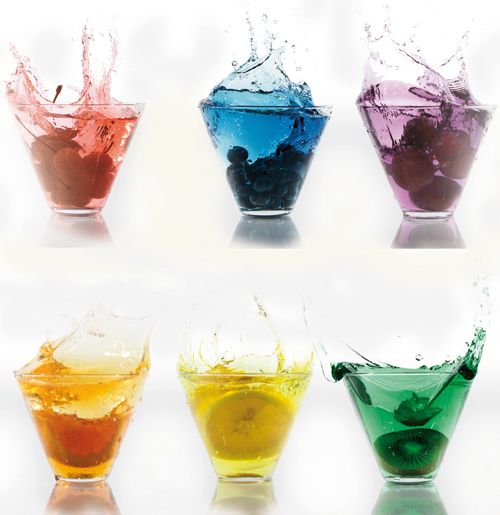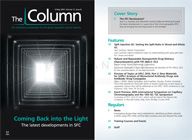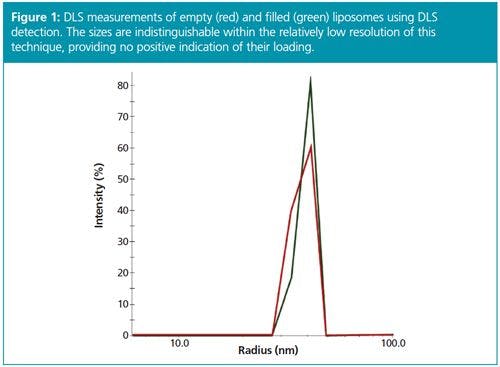Identification of Synthetic Colorants Using HPLC–DAD and Chemometrics
A team of researchers from the State Laboratory of Chemo/Biosensing and Chemometrics in China has developed a novel high performance liquid chromatography-diode array detection (HPLC–DAD) method for the identification of six synthetic colours in five beverages.
Photo Credit: Cuellar/ Heidinger photography/ Getty Images

A team of researchers from the State Laboratory of Chemo/Biosensing and Chemometrics in China has developed a novel high performance liquid chromatography-diode array detection (HPLC–DAD) method for the identification of six synthetic colours in five beverages.1
Synthetic colours are a very popular type of food colourings because they are brighter, more uniform, and have a wider range of hues. They are also less expensive than colours derived from nature.
A chemometrics-assisted strategy was utilized to solve interfering patterns from different chromatographic columns and sample matrices for the rapid simultaneous determination of synthetic colorants in five kinds of beverages. The experiment was performed using two types of LC columns under the same elution conditions. Although analytes using different columns have different co-elution patterns that appear more seriously in complex backgrounds, all colorants were properly resolved by alternating a trilinear decomposition (ATLD) method, and accurate chromatographic elution profiles and spectral profiles as well as relative concentrations were obtained. The results were verified by those obtained using traditional HPLC–UV, with the results of both consistent with one other.
The team concluded that the proposed chemometrics-assisted HPLC–DAD method is accurate, economical, and universal, and can potentially be applied to solve varying interfering patterns from different chromatographic columns and sample matrices for the analysis of complex food samples. - K.M.
Reference
1. Xiao-Li Yin et al., Journal of Chromatography A1435, 75–84 (2016).

New Method Explored for the Detection of CECs in Crops Irrigated with Contaminated Water
April 30th 2025This new study presents a validated QuEChERS–LC-MS/MS method for detecting eight persistent, mobile, and toxic substances in escarole, tomatoes, and tomato leaves irrigated with contaminated water.
Accelerating Monoclonal Antibody Quality Control: The Role of LC–MS in Upstream Bioprocessing
This study highlights the promising potential of LC–MS as a powerful tool for mAb quality control within the context of upstream processing.
University of Tasmania Researchers Explore Haloacetic Acid Determiniation in Water with capLC–MS
April 29th 2025Haloacetic acid detection has become important when analyzing drinking and swimming pool water. University of Tasmania researchers have begun applying capillary liquid chromatography as a means of detecting these substances.

.png&w=3840&q=75)

.png&w=3840&q=75)



.png&w=3840&q=75)



.png&w=3840&q=75)











